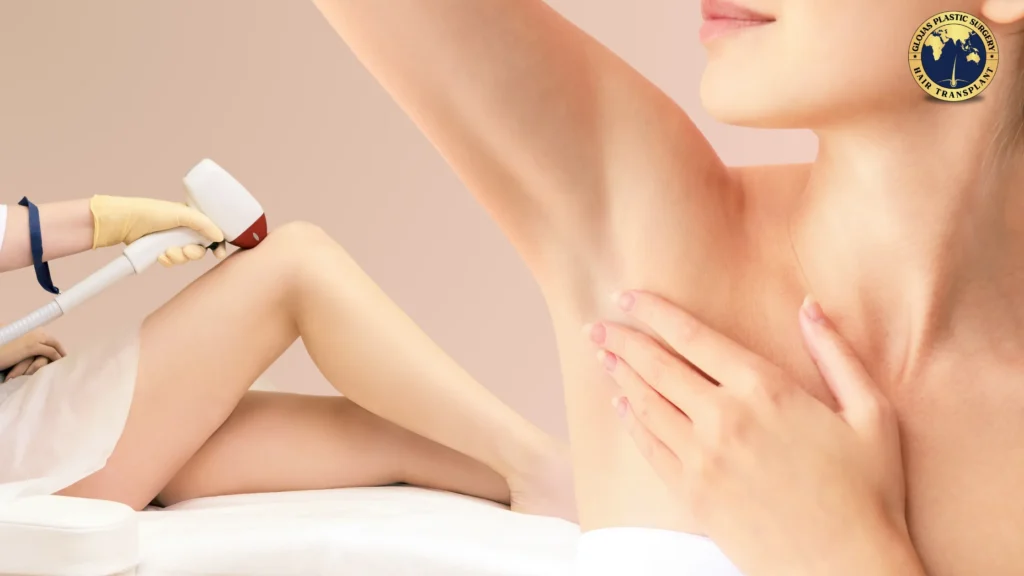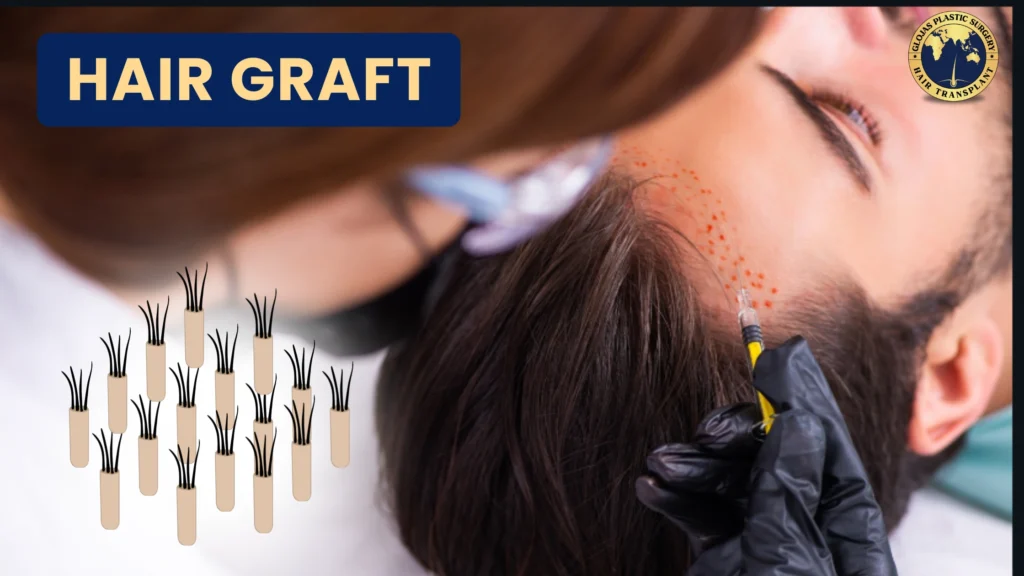Permanent Hair Removal: The Ultimate Guide to Smooth, Hair-Free Skin

Introduction to Permanent Hair Removal Say goodbye to your razors and wax strips! Permanent hair removal has become a sought-after solution for many individuals tired of traditional hair removal methods. Using laser technology, this procedure targets the hair follicles directly, significantly reducing hair growth without the repetitive need for shaving or waxing. In this […]
Hair Graft 101: A Comprehensive Guide to Hair Restoration

Dealing with Hair Loss? Hair loss can be a distressing condition, affecting not just your scalp but also your confidence and self-image. It commonly results from genetics, hormonal changes, medical conditions, or the natural aging process. While losing 50 to 100 hairs a day is normal, more significant loss can signal an issue. Fortunately, advances […]
Exploring Liposuction Before & After Transformations

Liposuction, a popular cosmetic surgery procedure, offers a way to sculpt and refine your body by removing unwanted pockets of fat. But navigating the world of liposuction can be confusing. This blog delves into the power of “Before & After” transformations and highlights why GLOJAS Clinic is your ideal partner for achieving your body goals […]



